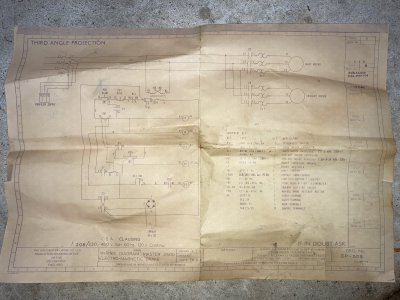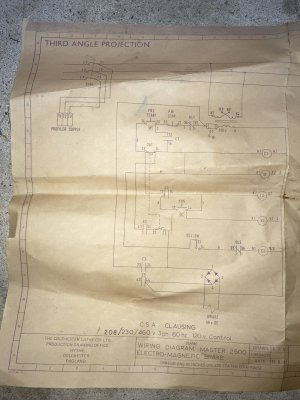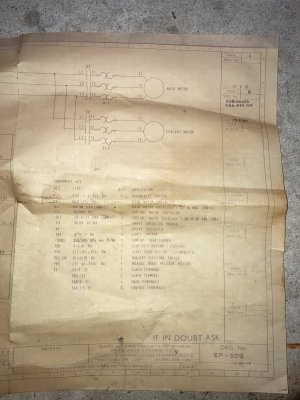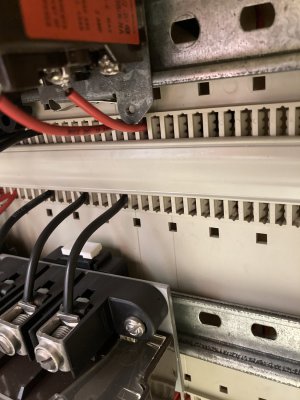- Joined
- Jan 22, 2022
- Messages
- 128
Sorry, another question. I was playing with my Clausing Colchester 13” lathe tonight. I was just practicing turning, facing and threading for about 30 minutes at around 500-700 rpm.
After running it in low speeds for a while I went through the gears just to watch it run at top speed for a moment. And then it shut off. The start light wasn’t lit and it wouldn’t start back up. I checked the breaker in my sub panel and it wasn’t tripped. Turned the breaker off and on and nothing.
Then suddenly it started working again but stopped after a minute. Then after waiting it would power on. I opened the power box and it was pretty hot. Not extremely hot but pretty hot. Mostly the circled electrical piece in the photo. I’m not sure if this is the cause, what’s this is or what’s actually happening. Just guessing it’s overheating???
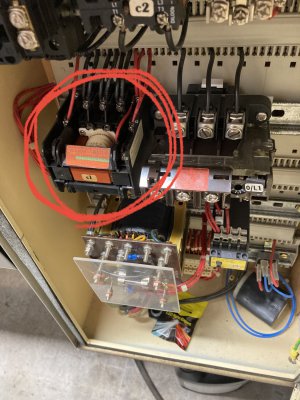
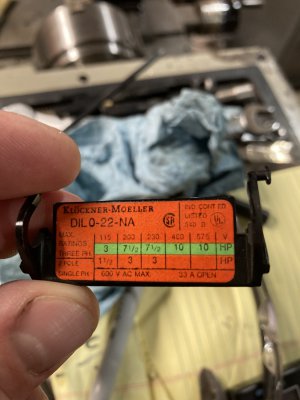
Can anybody tell me what’s going on with my lathe??? It’s a 3 phase running on a phase-o-matic 4-8hp. 50 amp breaker with the proper gauge wire.
I let it completely cool for about an hour and it was working just fine in low and high speeds. But I didn’t run it long to get hot again.
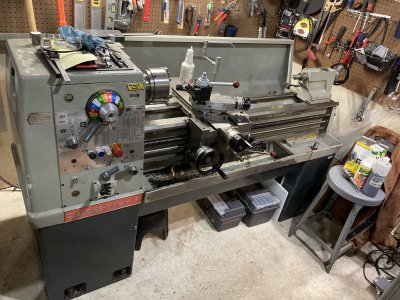

After running it in low speeds for a while I went through the gears just to watch it run at top speed for a moment. And then it shut off. The start light wasn’t lit and it wouldn’t start back up. I checked the breaker in my sub panel and it wasn’t tripped. Turned the breaker off and on and nothing.
Then suddenly it started working again but stopped after a minute. Then after waiting it would power on. I opened the power box and it was pretty hot. Not extremely hot but pretty hot. Mostly the circled electrical piece in the photo. I’m not sure if this is the cause, what’s this is or what’s actually happening. Just guessing it’s overheating???


Can anybody tell me what’s going on with my lathe??? It’s a 3 phase running on a phase-o-matic 4-8hp. 50 amp breaker with the proper gauge wire.
I let it completely cool for about an hour and it was working just fine in low and high speeds. But I didn’t run it long to get hot again.




